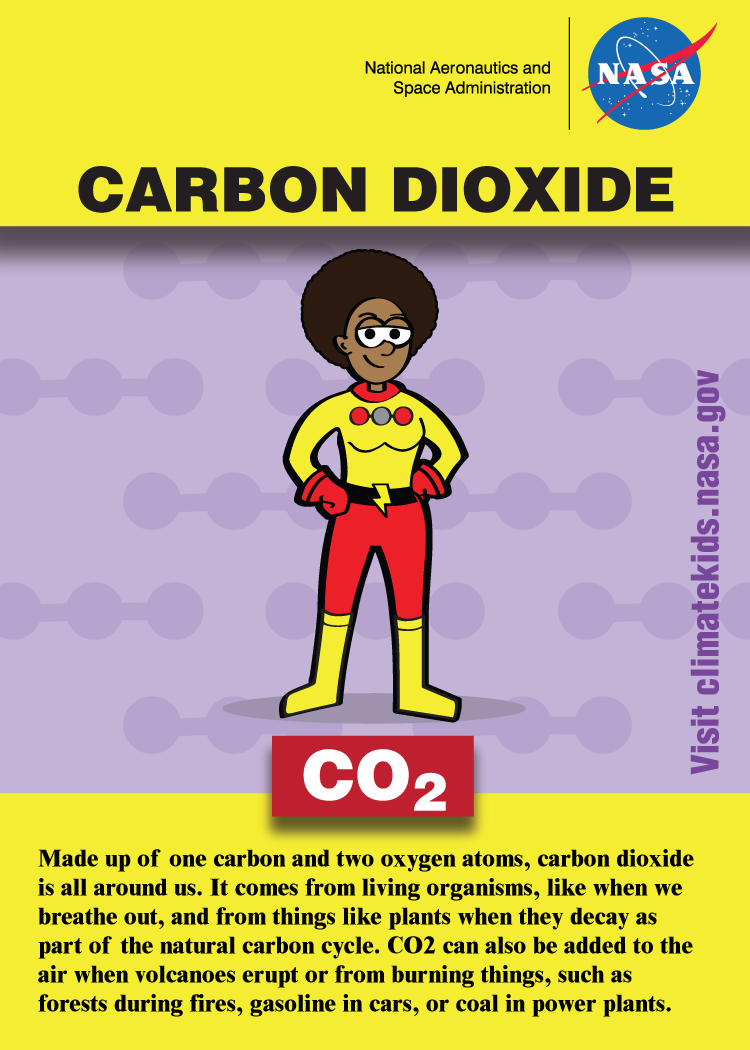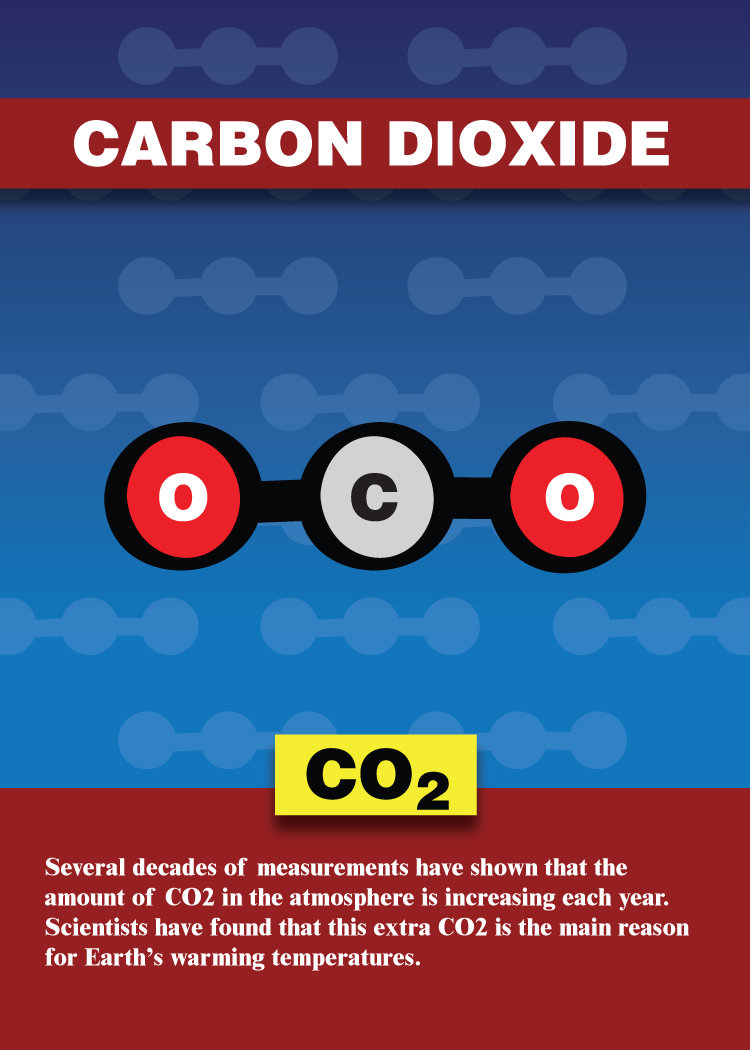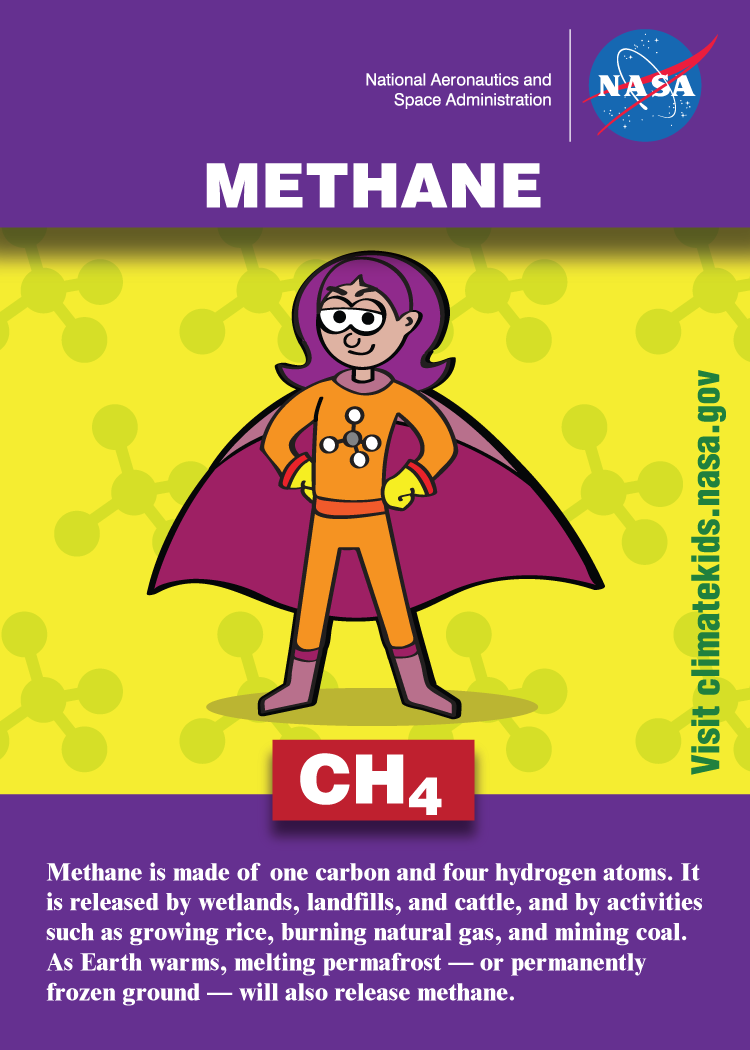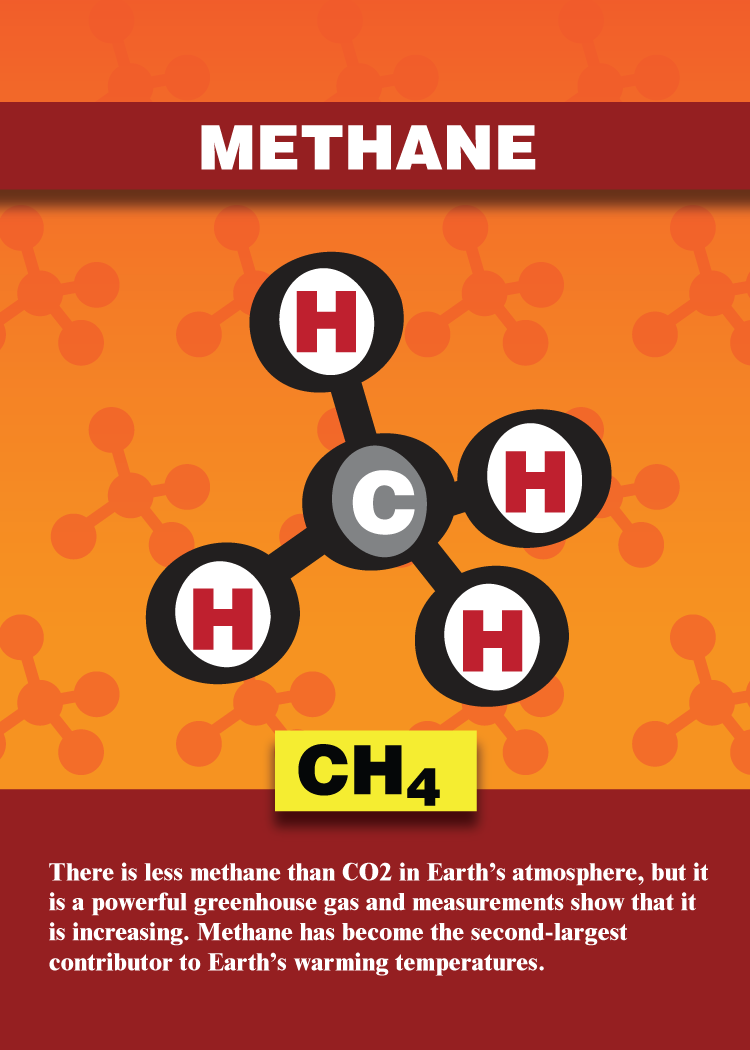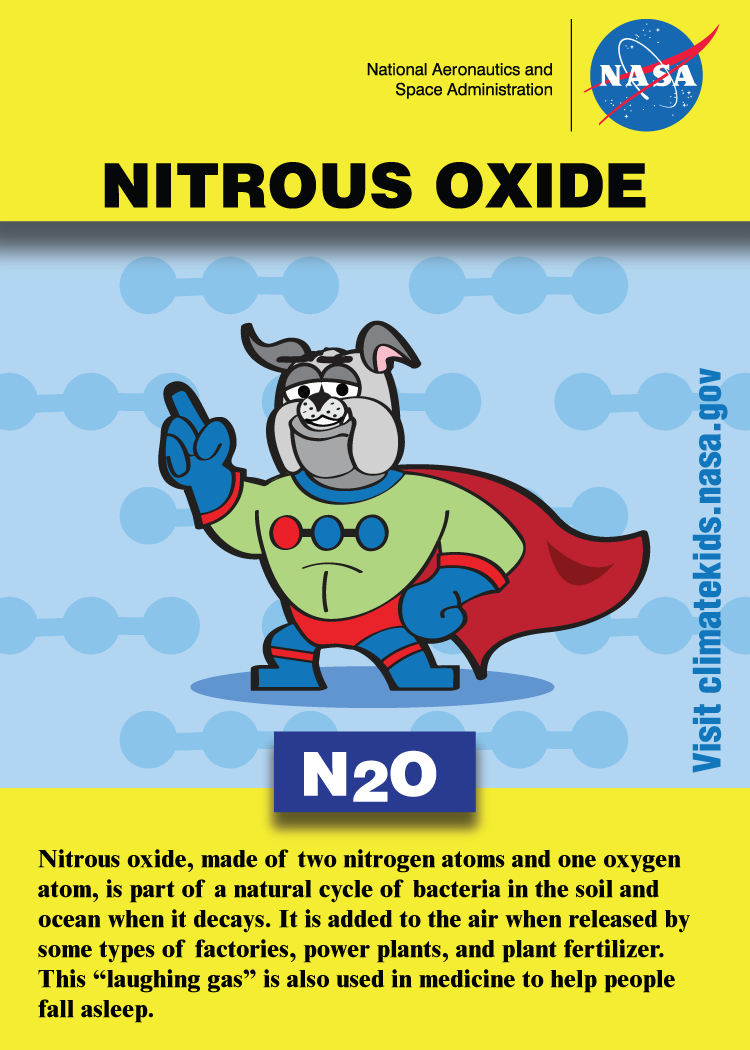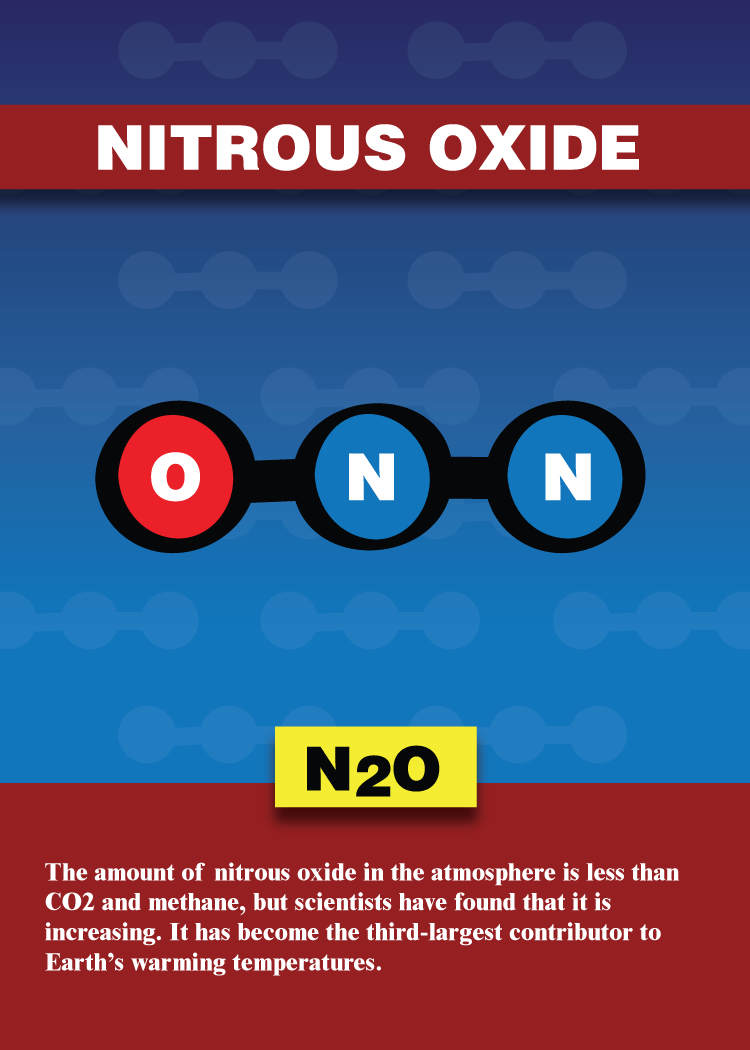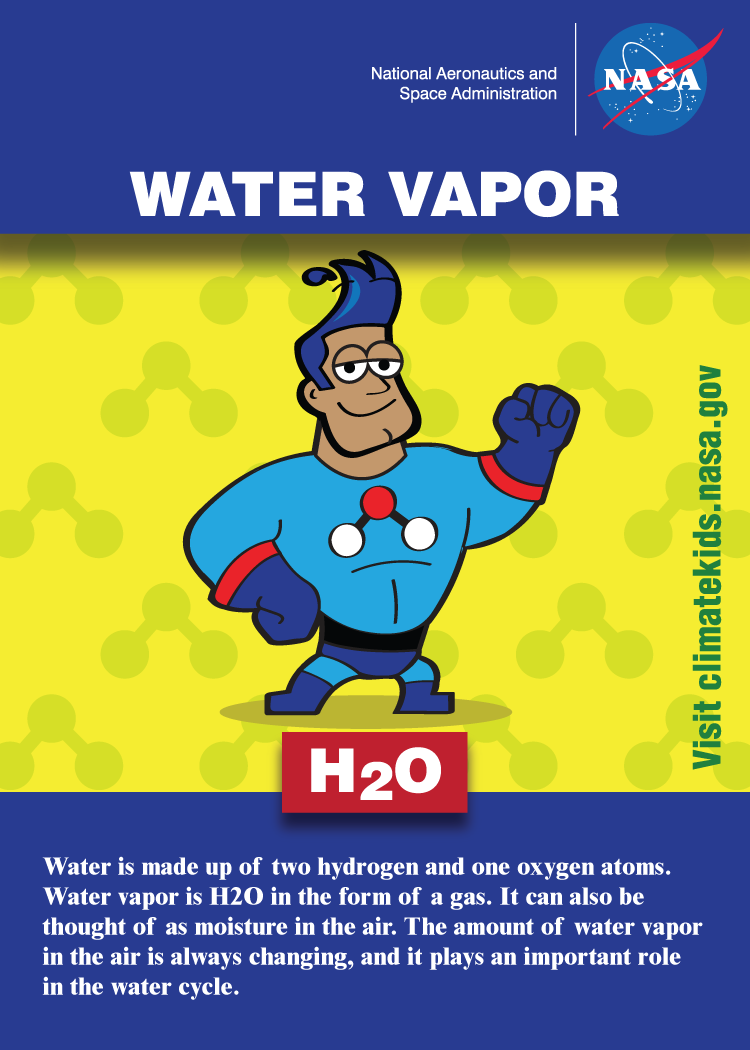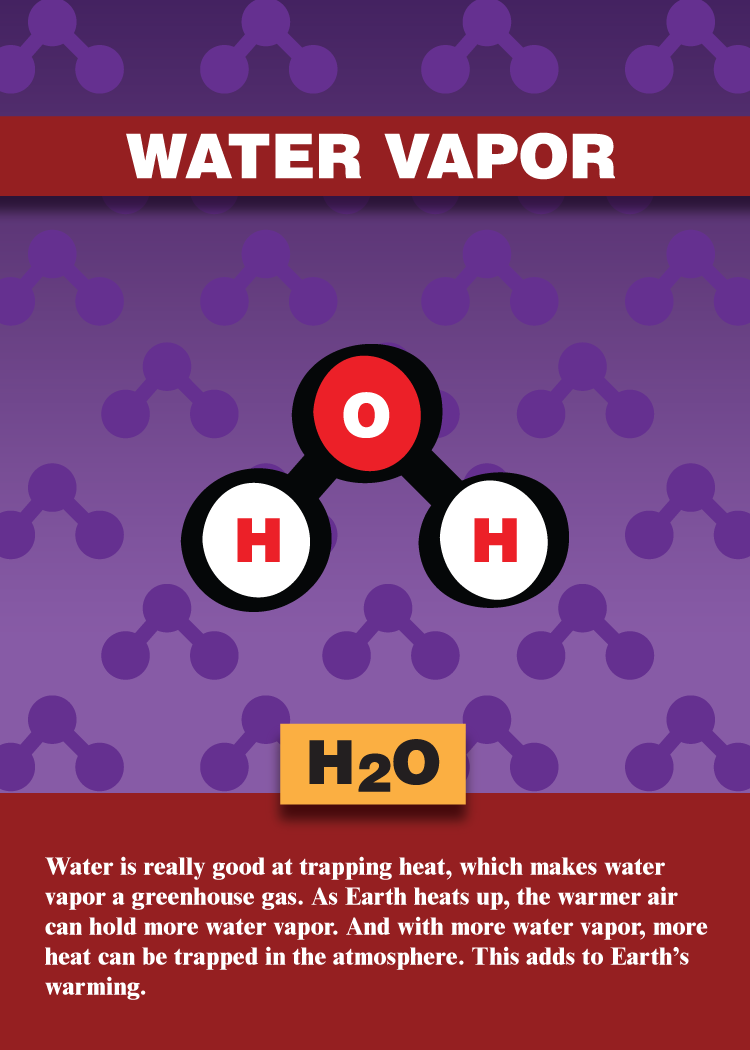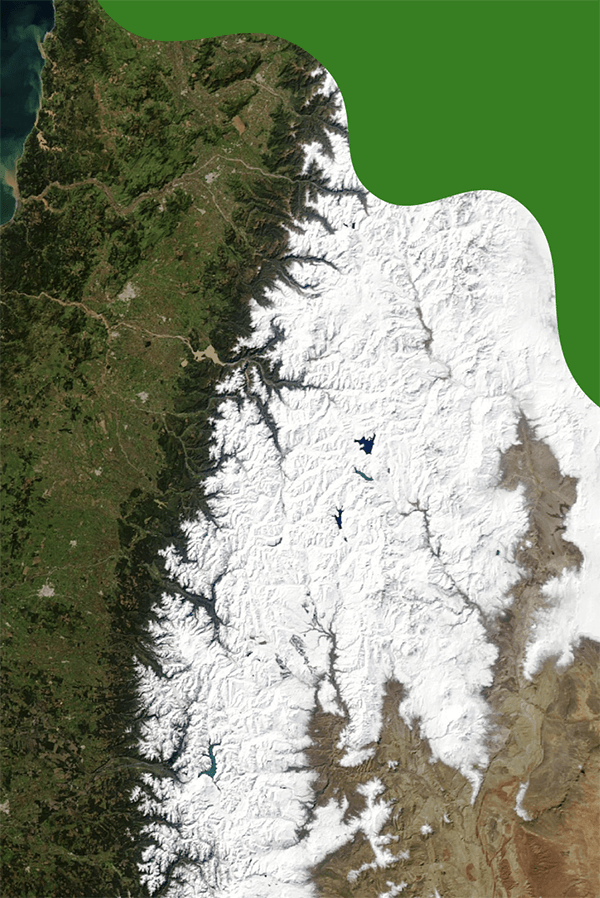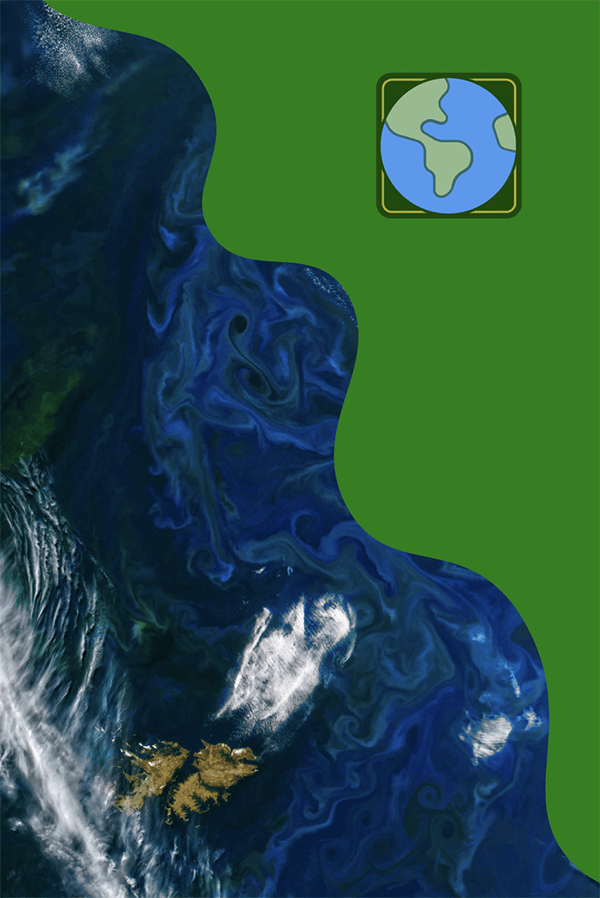


What Are Greenhouse Gases?
Greenhouse gases are gases in Earth’s atmosphere that trap the heat from the sun near the surface of our planet. They do this through a process known as the greenhouse effect. Greenhouse gases include carbon dioxide, methane, nitrous oxide, and water vapor.
Greenhouse gases are gases that can trap the heat from the sun near Earth’s surface. They do this through a process known as the greenhouse effect. Greenhouse gases in the atmosphere work like glass greenhouses for growing plants. They trap heat from escaping the planet. Or, like when you wrap a blanket around yourself to warm up, these gases keep the planet warm.
Greenhouse gases serve an important role. Without them, Earth would be too cold to support life as we know it. They are like a dial on the thermostat for Earth’s temperature. The more greenhouse gases there are in the air, the warmer Earth’s temperature becomes.
For decades, scientists have measured greenhouse gases with instruments on the ground and in space, like satellites. Some greenhouse gases have always been in the air. But scientists have found that things like burning coal for power plants or gasoline for cars are adding more greenhouse gases to the air.
So what are these gases all about?
How does NASA track changes to greenhouse gases?
Satellites like the Orbiting Carbon Observatory-2, or OCO-2, and OCO-3 measure carbon dioxide in the air. Other instruments like the Earth Surface Mineral Dust Source Investigation, or EMIT, are able to measure methane. These powerful tools help scientists see how greenhouse gases are changing over time.




























